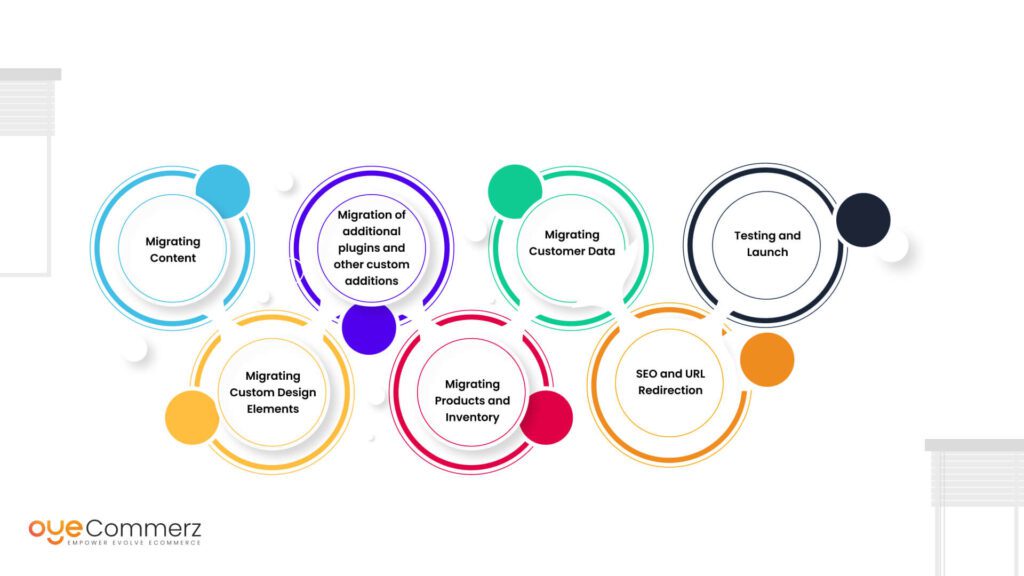In the dynamic landscape of eCommerce, selecting the best solution is crucial for your company’s growth. If you’re presently using WordPress and considering a migration to Shopify, you’re not by yourself. Many businesses are switching to utilize Shopify’s powerful tools, ease of use, and growth potential. This guide will guide you on the process of migrating from WordPress to this platform effortlessly, making sure that you achieve your online retail potential.
Why Switch from WP to Shopify?
Before diving into the migration journey, it’s essential to understand why this transition can be helpful for your digital storefront:
Accessible Tools: Shopify features an straightforward system that simplifies store management, enabling for non-technical users.
Flexibility: As your brand expands, Shopify can handle greater traffic and sales without sacrificing performance.
Integrated Features: Shopify includes pre-installed tools for SEO, analytics, payment management, and additional functionalities, minimizing the necessity for multiple plugins.
Enhanced Security: With Shopify, you benefit from advanced security protocols that secure confidential customer data.
Steps for a Smooth Migration
Migrating your eCommerce site from WordPress to Shopify involves several actions.
Here’s the way to ensure a hassle-free transition:
Prepare Your Migration Plan
Kick-off by mapping out your migration strategy. Identify which aspects of your current site you plan to migrate, such as:
Product data
Customer information
Order history
Articles
Choose the Appropriate Migration Package
Depending on your requirements, select a migration plan that suits your eCommerce goals. OyeCommerz delivers various plans:
Basic Migration Package: Suitable for small stores with minimal products.
Standard Migration Package: Appropriate for medium-sized businesses with intermediate demands.
Comprehensive Solution: Best for big stores demanding extensive customization.
Secure Your Information
Ahead of starting the migration, guarantee that you have a complete copy of your WP site. This step is essential in situations where anything goes wrong during the migration.
Extract Your Content from WP
Use tools or alternative solutions to export critical information from your WordPress site:
Products
Clients
Transactions
Content pieces
Import Content into Shopify
When you have your Shopify for secure transactions data retrieved, employ Shopify’s migration apps or specialized apps to upload your data into your Shopify store. Ensure that all content is accurately formatted and arranged.
Customize Your Shopify Store
After migrating content, tailor your Shopify store’s layout to match with your business goals. Look into hiring a developer if you require detailed customization.
Establish TransactionOptions and Delivery Settings
Arrange payment gateways and logistics options in Shopify to facilitate a user-friendly transaction experience for customers.
Apply SEO Best Practices
To maintain your search engine rankings during the migration:
Implement 301 link updates from existing URLs to migrated ones.
Revise meta tags.
Optimize images and content for SEO.
Test Your New Store
Prior to launching, completely check your Shopify platform. Look out for any errors, transaction errors, or untransferred content.
Publish Your Site
After everything is in ready, it’s the opportunity to publish! Share the update to your clients and invite them to experience the enhanced features of your Shopify store.
Post-Migration Support
Following releasing your best practices for Shopify migration Shopify store, regular assistance is key. Explore partnering with experts who can assist with:
Technical support
Marketing strategies
Enhancing features
Conclusion
Migrating from WordPress to this platform can be a game-changing move for your digital business. By adopting this guide and working with professional services like those offered by industry leaders, you can ensure a effortless transition that boosts your business potential. Accept the shift and discover the potential of Shopify today!
